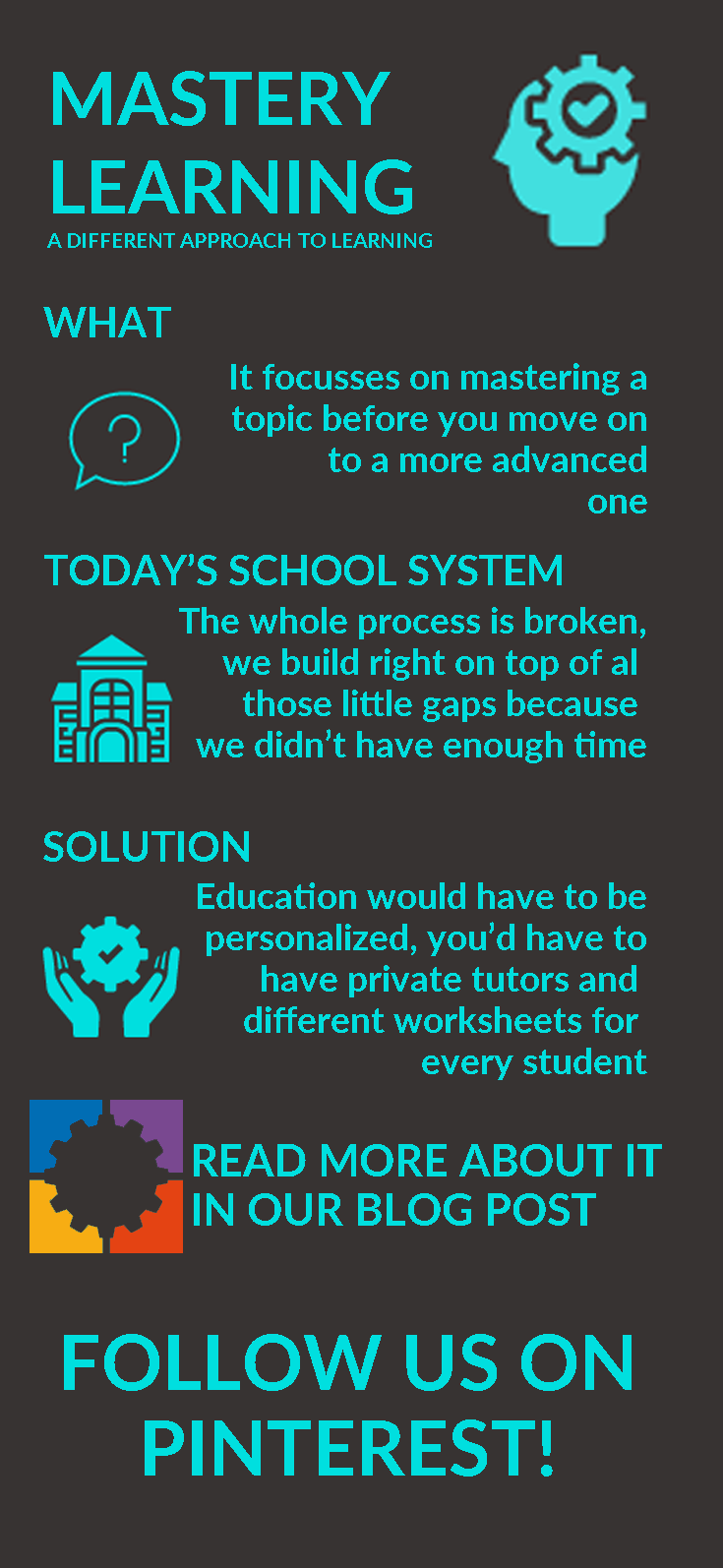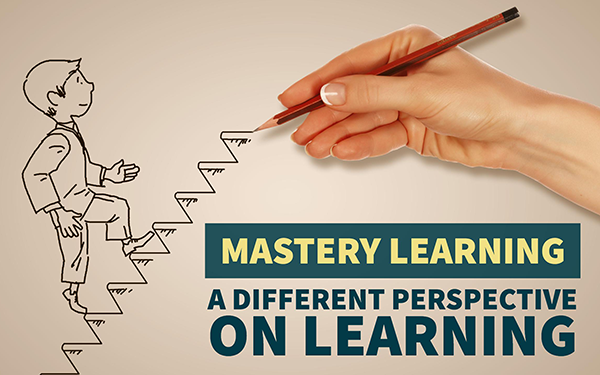What is Mastery learning? A different approach to learning
 Lucie Renard —
Lucie Renard —
A lot of students are struggling with math, science, language learning, and so on. Once they can't master an exercise or solve a math problem, they lose motivation. They think they are just not born for math. But that is the wrong mindset. Not being able to master a course isn't fixed.
Yes, some students are slower in mastering courses and solving exercises than others, but that doesn't mean they can't learn it. That there's nothing that can be done about it.
Today, learning happens in a classroom, with a lot of other students. The teacher teaches a comprehensive lesson and goes on to the next one. If a student can't fully master that lesson or learning material, there are many ways schools try to support those students to quickly catch up. But since every student is more or less on the same time schedule, there's only so much you can do. At some point, you have to move on to the next topic. Those that weren't able to catch up, will struggle more and more, and eventually fall so far behind it becomes impossible to successfully catch up. They become the students that "just aren't that good at X".
Mastery learning aims to change that, primarily by letting go of the concept that everyone is on the same time schedule. Personalized learning requires more differentiated learning, giving students more time to go over the learning material, giving them extra explanation and support. What would happen then? Yes, he would eventually also master the learning material, just like anybody else. He got there! Does it matter how long it took to get there? Or that he had some trouble on his way up?
That's what the mastery learning method is about. In this blog post I'll explain:
- What is mastery learning?
- Compare mastery learning with today's school system
- Is mastery based learning impractical?
- A free mastery learning lesson plan template
Let’s dig in and discover the secrets of mastery learning!
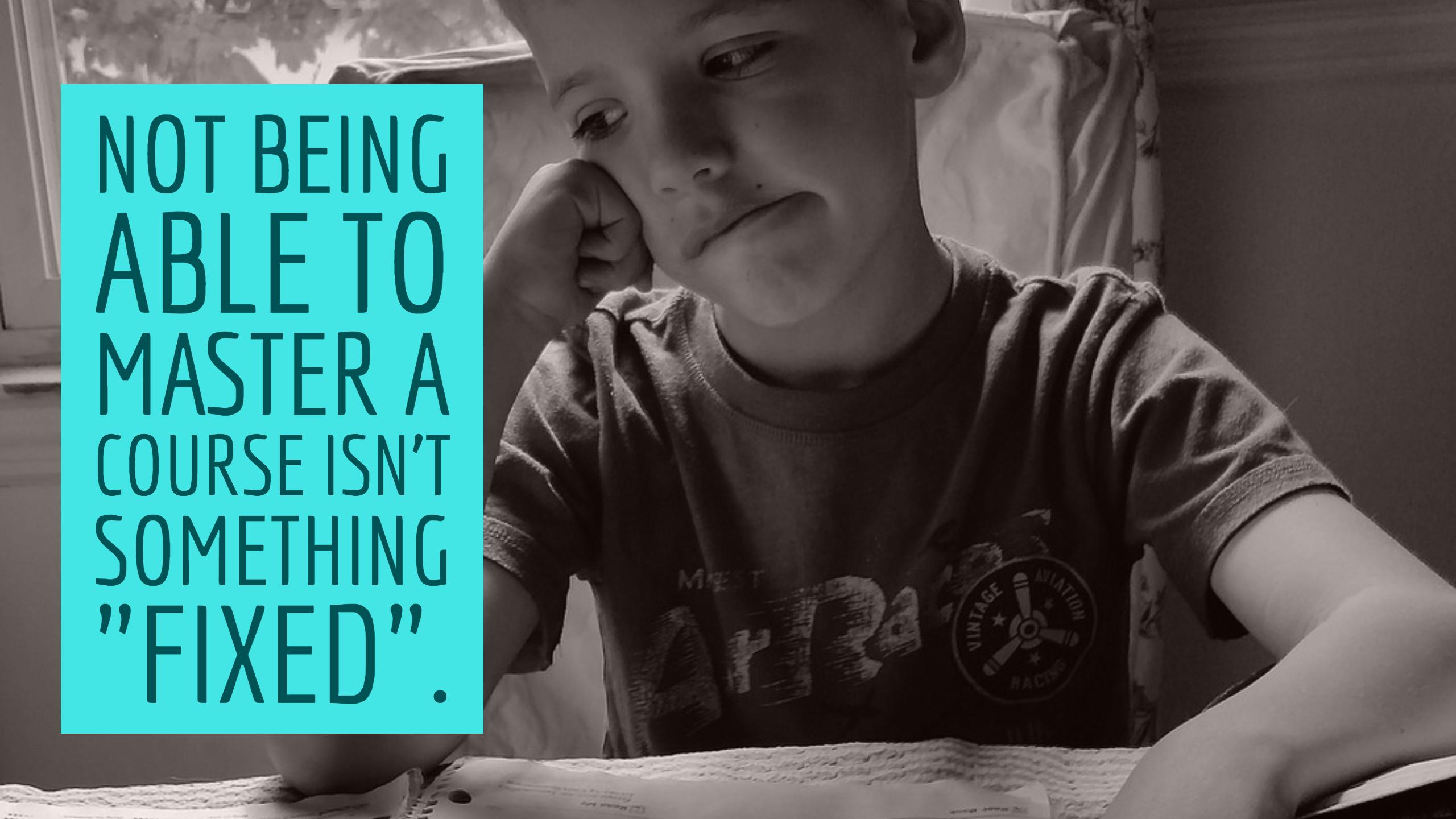
What is mastery learning?
Here's how you could explain it. Take a look at learning karate. You start from a white belt. And only when you master those beginner skills, you move on to the yellow belt. That's just the way it goes. And it's the same with learning how to play an instrument.
Mastery learning focusses on mastering a topic before you move on to a more advanced one. That sounds logical, right?
Well, it's absolutely not what we're doing in schools today. We group students together, usually by age and perceived ability and we put them all together at the same pace. Teachers have to follow the curriculum and have to get everything done in one year. I like to think of it as a train. Everyone needs to keep up, because the train rides on.
Students who have difficulties with a topic, will typically continue to have difficulties with related topics in the future. A student has to master the basics of a course first, before he can build upon that knowledge. Students who fall behind at some point, risk becoming (or even self-identify as) "the weak student". Self identifying as "bad at X" is particularly worrisome because it's indicative of a closed mindset and it's a self-fulfilling prophecy.
And it aren't only the "weak" students that get more and more behind. Even the students who get 80% on their tests still didn't master 20% of the learning material. So what happens with that 20%? Eventually, those students are also getting stuck somewhere because they need some knowledge of that 20% to move on. This way students start to disengage.
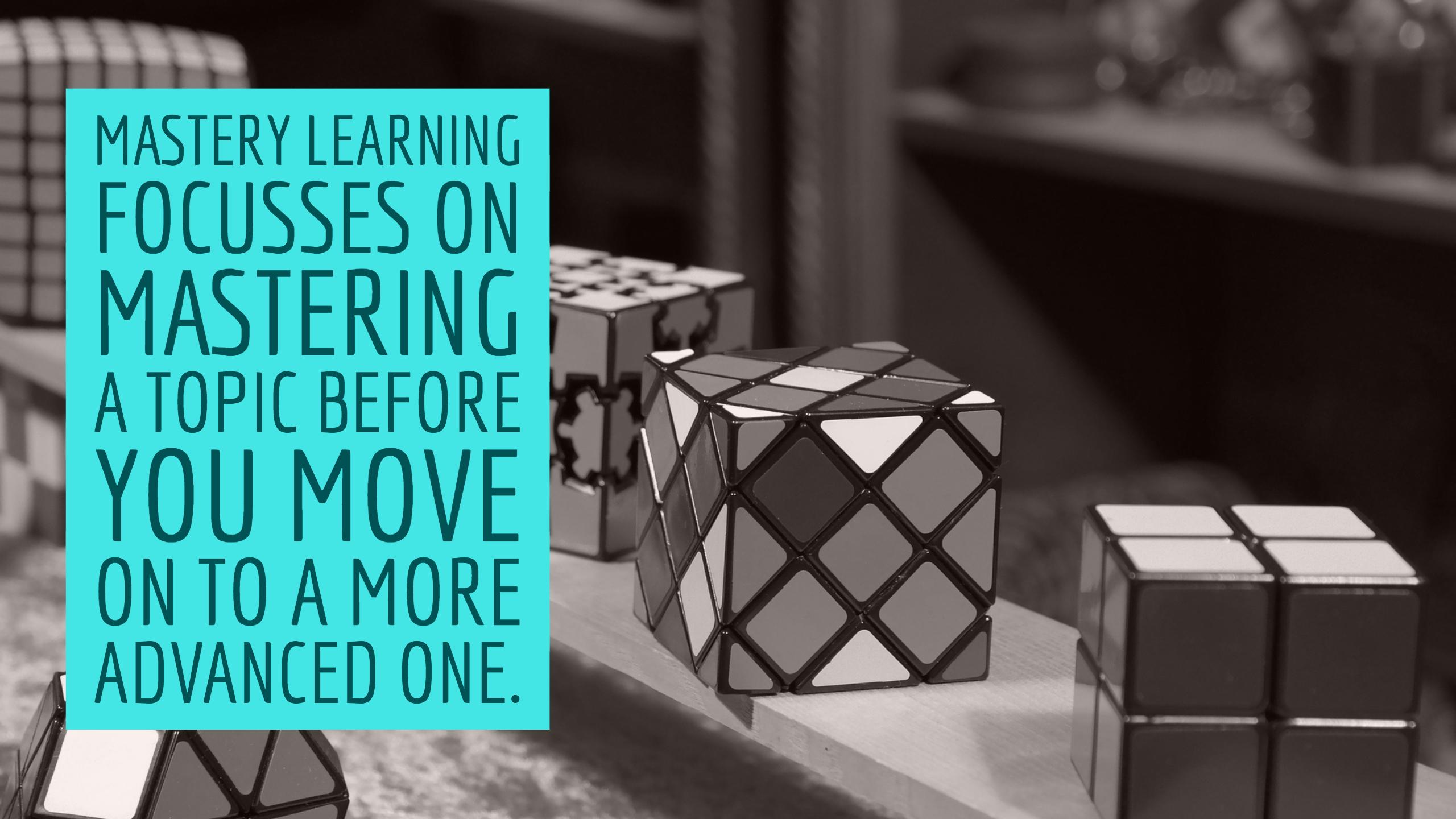
Today's school system
We all know how our school system works. Why is it so different from the work place? If you didn't notice the different mindset, take a look at the following example, explained by Sal Khan from Khan academy.
Sal makes the analogy with construction. Bring in a skilled contractor and say, "We were told we have two weeks to build a strong foundation. Do what you can."
So the dedicated workmen do what they can. Maybe it rains, maybe some of the supplies don't show up. After two weeks the inspector comes to check on the foundation and says "Ok, the concrete is still wet right over here, and that part's not quite up to code. I'll give it an impressive 80%."
Then you say, "Great! That's quite good. Let's build the first floor." And so does the story goes on. After the 4th floor the whole structure just collapses.
It's not the fault of the reliable contractor, or that you needed better or more frequent quality inspection. Just like it's not the fault of the experienced teacher. Here's what really happened: the whole process is broken. We build right on top of al those little gaps because we didn't have enough time. Because the ambitious train rides on.
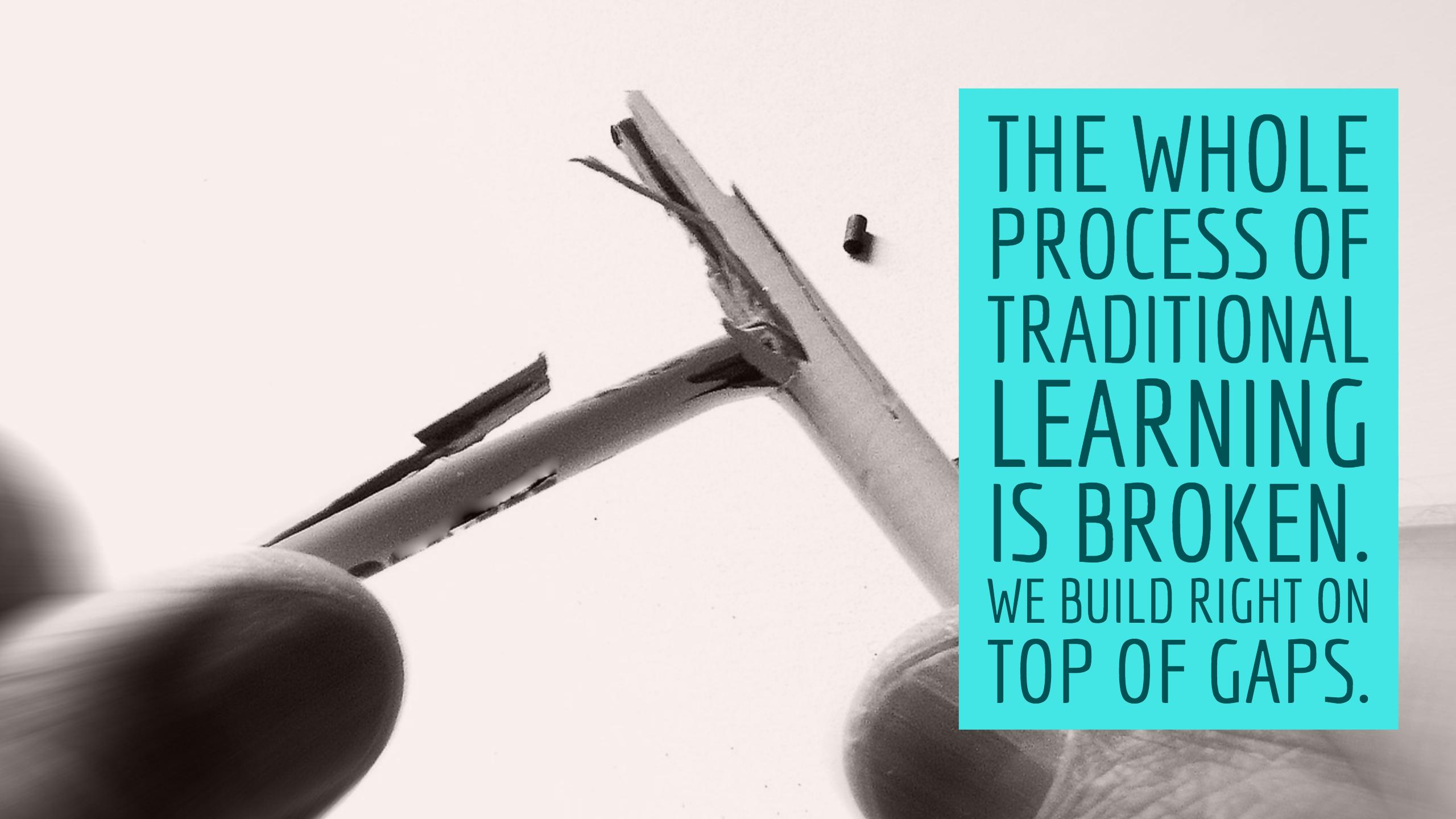
Is mastery based learning impractical?
The mastery approach suggests that every student is on his own track. So how can this possibly work in a classroom? Education would have to be personalized, you'd have to have private tutors and different worksheets for every student.
It sounds really new and impractical, but the truth is, that 100 years ago, there already were successful experiments where they did mastery-based learning and saw impressive great results. They also said it would never scale because it was logistically difficult and impractical.
But that's not an argument that holds anymore. We live in a digital age where everything is possible because of new technologies.
Students can see an explanation at their own time and pace because of on-demand video. When a student needs to practice and get feedback, you can use adaptive exercises like the ones you make with BookWidgets. We now having learning dashboards that help teachers see patterns and flaws in the learning material, or identify which students are struggling and falling behind. I'm convinced that future advances in artificial intelligence will support teachers even more and turn personalized learning into "the new normal".
Because of this, students can finally master the concepts while building a growth mindset, grit, perseverance and taking agency over their learning. The classroom changes too. Students don't have to focus anymore on the lecture. They can now interact with each other and get a deeper mastery over the material.
Free mastery learning lesson plan template
BookWidgets offers powerful tools to support mastery learning, making it easier for students to grasp difficult concepts at their own pace. With personalized, interactive lessons, students can continuously practice until they achieve mastery, rather than being rushed through material. Teachers can use BookWidgets to create exercises that adapt to each student’s learning needs, ensuring no one falls behind.
One of the standout features of BookWidgets is its ability to provide self-regulated lessons, where students can take control of their own learning. They can access explanations, complete exercises, and receive instant feedback. This fosters independence, allowing students to develop a growth mindset and build perseverance as they work through challenges. You can build a mastery learning lesson with BookWidgets using the WebQuest widget. It also allows you to lock tabs and new steps behind a password. This particular feature makes sure your students can only move on to the next part when they truly master the newly learned lesson content. Check out this self-regulated mastery learning lesson plan template below
These self-regulated lessons empower students to review content as often as needed, promoting a deeper understanding of the material before moving on. Through this approach, BookWidgets helps shift the focus from merely completing lessons to truly mastering the content, making learning more engaging and effective. Check out this blog post about self-regulated learning and also learn how you can use the free mastery learning template mentioned above to transition into mastery learning.
Wrap up
 Mastery learning isn’t just a method it’s a mindset shift. With the right tools and support, every student can succeed at their own pace. Platforms like BookWidgets make this possible by offering personalized learning experiences, interactive lessons, and differentiated instruction that empower students to take ownership of their learning journey.
Mastery learning isn’t just a method it’s a mindset shift. With the right tools and support, every student can succeed at their own pace. Platforms like BookWidgets make this possible by offering personalized learning experiences, interactive lessons, and differentiated instruction that empower students to take ownership of their learning journey.
Want to see mastery learning in action? Check out this example, where students explore practical internet skills in a self-paced format. It’s a great way to boost student agency and confidence through mastery.
Still on the fence? Watch Sal Khan'sinspiring talk on why teaching for mastery, not test scores, is the key to unlocking potential in every learner.
For more tips and insights, feel free to join our Facebook Teacher Community or reach out on X.
And me? I’m Lucie from BookWidgets. I’m happy to connect with you personally on X or LinkedIn.
